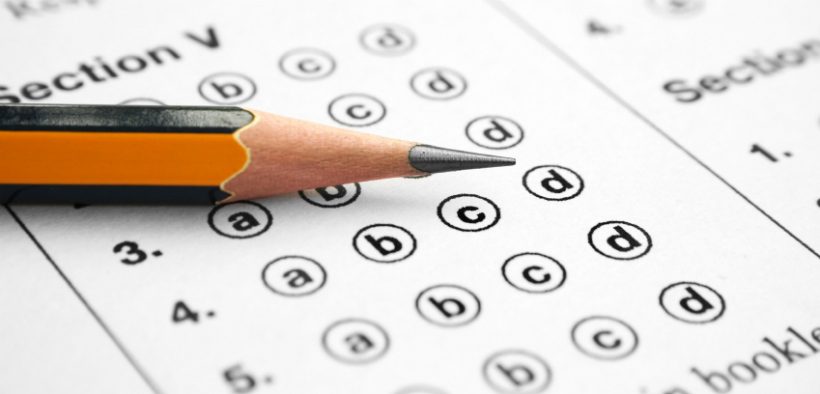Linda Suskie's Assessing Student Learning documents a wide variety of common assessment errors. They result from the subjective nature of grades in all but the most factual subjects. Many failures point to the need for more objectivity and a better system of accountability, including leniency, generosity, and severity errors; halo, contamination, similar-to-me, and first-impression biases; and that most common of errors, rater drift—that is, the unintentional redefining of scoring criteria as the marker grows tired.
Related Articles
I have two loves: teaching and learning. Although I love them for different reasons, I’ve been passionate about...
Active learning is a mostly meaningless educational buzzword. It’s a feel-good, intuitively popular term that indicates concern for...
Perhaps the earliest introduction a student has with a course is the syllabus as it’s generally the first...
Generative AI allows instructors to create interactive, self-directed review activities for their courses. The beauty of these activities...
I’ve often felt that a teacher’s life is suspended, Janus-like, between past experiences and future hopes; it’s only...
I teach first-year writing at a small liberal arts college, and on the first day of class, I...
Proponents of rubrics champion them as a means of ensuring consistency in grading, not only between students within...








